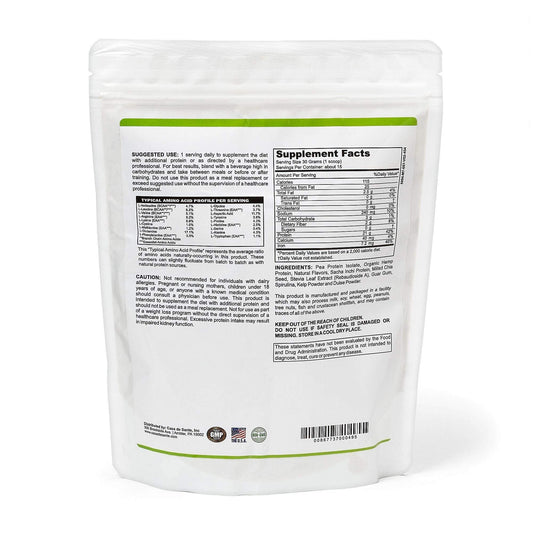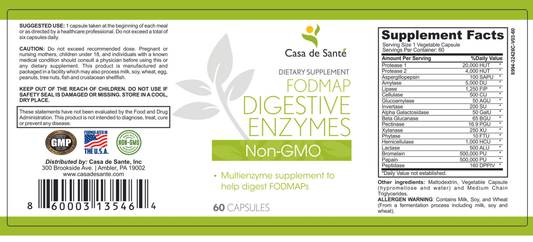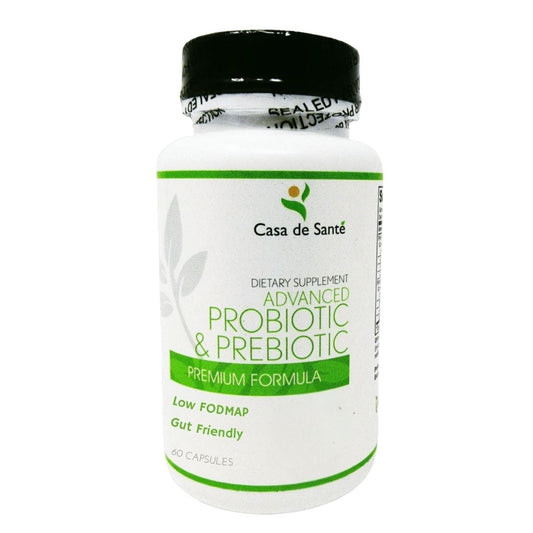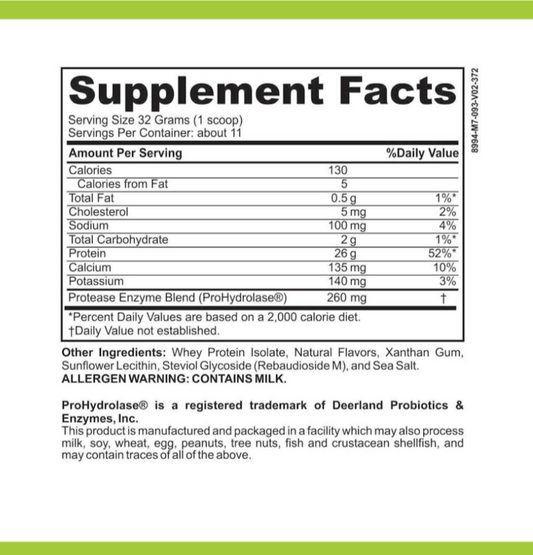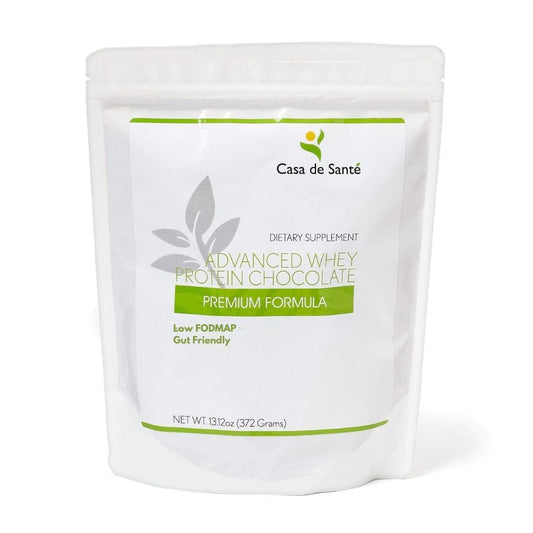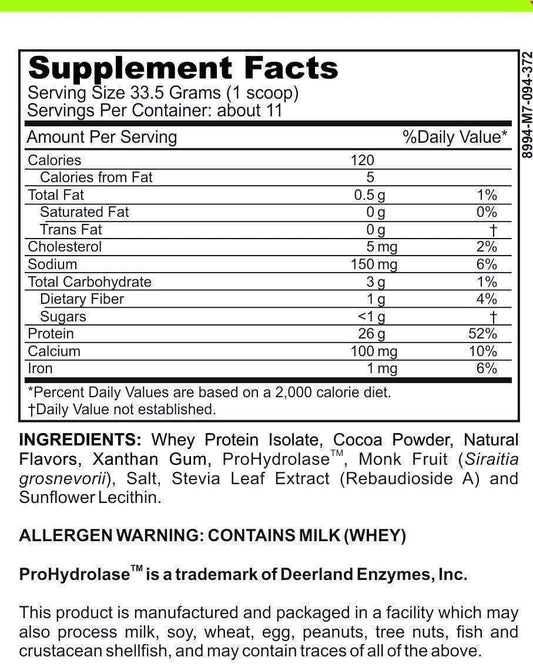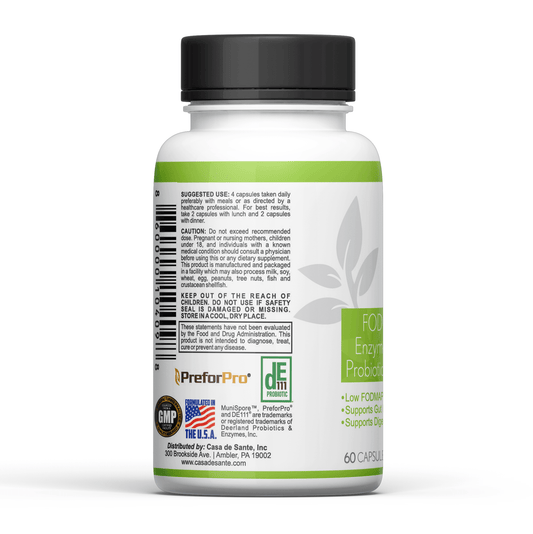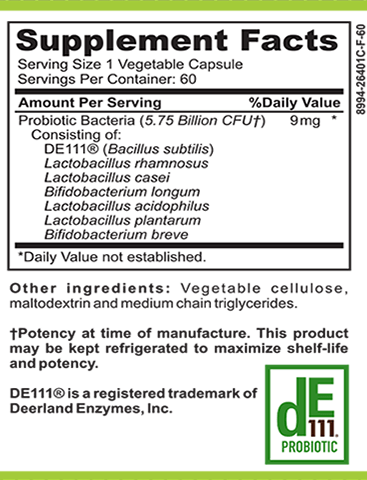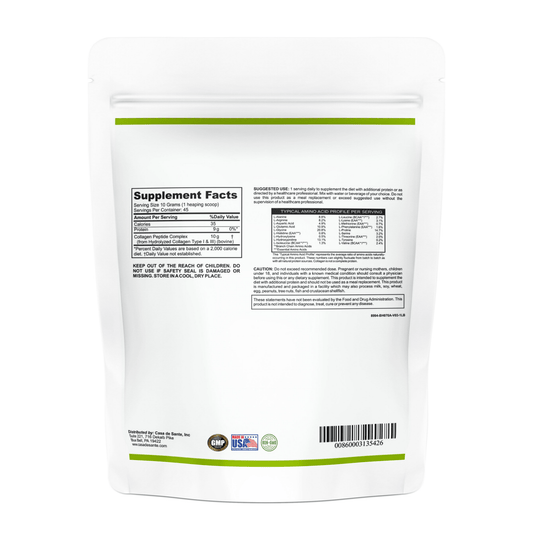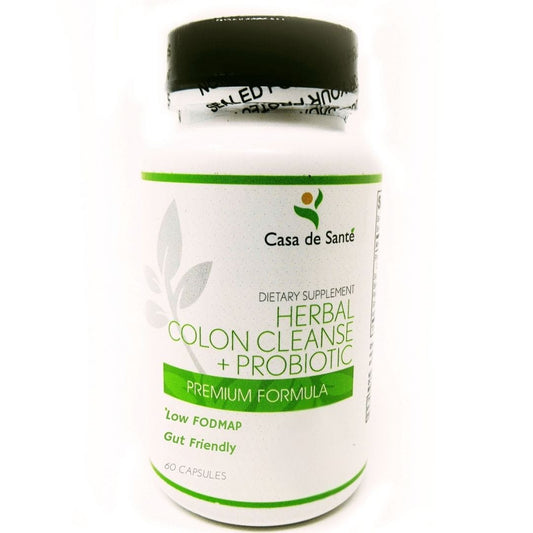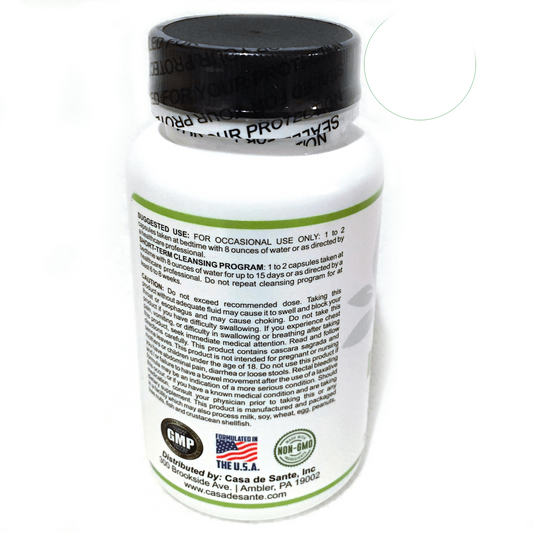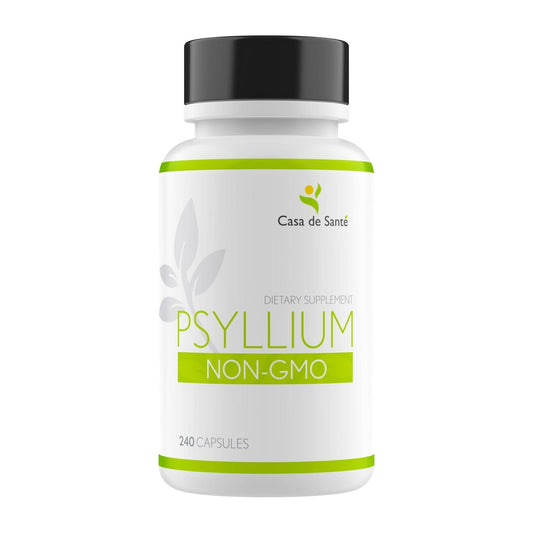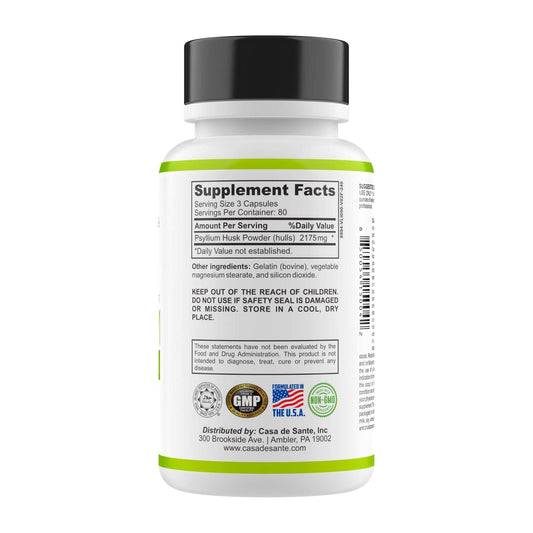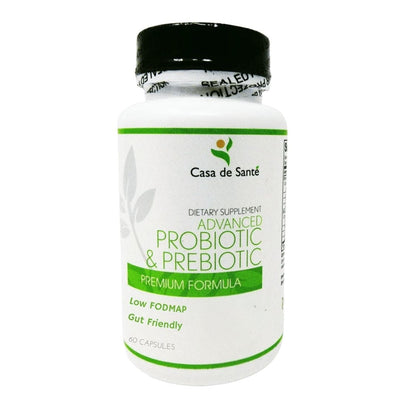FIT 132 by KBMO Diagnostics Vs T.R.U.E. Test (Thin-layer Rapid Use Epicutaneous Test)
FIT 132 by KBMO Diagnostics Vs T.R.U.E. Test (Thin-layer Rapid Use Epicutaneous Test)
In the field of allergy testing, there are various methods available to accurately identify specific allergens that may be causing discomfort or adverse reactions in individuals. Two widely used tests are FIT 132 by KBMO Diagnostics and T.R.U.E. Test (Thin-layer Rapid Use Epicutaneous Test). Understanding the basics of allergy testing and the science behind these tests can help individuals make an informed decision when choosing the appropriate method for their needs.
Understanding the Basics of Allergy Testing
What is FIT 132 by KBMO Diagnostics?
FIT 132 is an innovative allergy test developed by KBMO Diagnostics. It utilizes advanced technology to identify allergies to over 132 food and environmental substances. Rather than the traditional blood draw or skin prick test, FIT 132 uses a simple fingerstick to collect a small sample of blood. This sample is then analyzed for the presence of specific IgG and IgE antibodies, providing comprehensive results for a wide range of allergens.
Allergy testing has come a long way in recent years, with advancements in technology allowing for more accurate and efficient methods. FIT 132 by KBMO Diagnostics is at the forefront of these advancements, providing a comprehensive and convenient solution for identifying allergies. By testing for specific IgG and IgE antibodies, FIT 132 can detect even the most subtle immune responses to a wide range of allergens, including common food and environmental substances.
The fingerstick method used by FIT 132 is a game-changer in the field of allergy testing. It eliminates the need for invasive procedures like blood draws or skin pricks, making the testing process more comfortable and less intimidating for patients. The small sample of blood collected through a fingerstick is sufficient for analysis and provides accurate results, making FIT 132 a reliable choice for healthcare professionals and patients alike.
An Overview of T.R.U.E. Test (Thin-layer Rapid Use Epicutaneous Test)
T.R.U.E. Test is another commonly used method for allergy testing. It involves applying small patches containing various common allergens to the patient's back. These patches are left in place for a specific period, typically 48 hours. After removal, a healthcare professional examines the area for any signs of an allergic reaction. T.R.U.E. Test is particularly useful in identifying contact allergies, such as those caused by cosmetics, metals, or fragrances.
When it comes to identifying contact allergies, T.R.U.E. Test is a reliable and efficient option. By applying small patches with common allergens to the patient's back, healthcare professionals can assess the body's reaction to different substances. This method is especially valuable in cases where contact allergies are suspected, such as reactions to certain cosmetics, metals, or fragrances.
During the 48-hour period when the patches are left in place, the patient is advised to avoid activities that may cause excessive sweating or rubbing of the patches. This precaution ensures that the test results are accurate and not influenced by external factors. After the patches are removed, a healthcare professional carefully examines the area for any signs of an allergic reaction, such as redness, swelling, or itching. The results of the T.R.U.E. Test provide valuable information for both patients and healthcare providers, allowing for targeted treatment plans and avoidance strategies.
The Science Behind the Tests
The Technology and Methodology of FIT 132
FIT 132 by KBMO Diagnostics incorporates state-of-the-art diagnostic technology. Through a combination of enzyme-linked immunosorbent assays (ELISA) and fluorescent microarray technology, FIT 132 accurately detects the presence of specific IgG and IgE antibodies in the blood sample. This comprehensive analysis provides valuable information regarding allergen-specific immune responses, aiding in the diagnosis of allergies and sensitivities.
The enzyme-linked immunosorbent assays (ELISA) used in FIT 132 are highly sensitive and specific. They work by utilizing specific antibodies that can bind to the target allergen. When the blood sample is added to the ELISA plate, any allergen-specific IgG or IgE antibodies present in the sample will bind to the corresponding allergen on the plate. This binding interaction is then detected using a colorimetric or fluorescent signal, allowing for the quantification of the antibodies present.
The fluorescent microarray technology employed in FIT 132 takes the analysis to the next level. It allows for the simultaneous detection of multiple allergens in a single blood sample. This high-throughput technology utilizes tiny spots on a glass slide, each containing a different allergen. When the blood sample is applied to the slide, any allergen-specific antibodies present in the sample will bind to their corresponding allergen spots. The bound antibodies are then detected using fluorescent markers, enabling the identification and quantification of specific allergen-specific antibodies.
By combining the ELISA and fluorescent microarray technologies, FIT 132 provides a comprehensive and accurate assessment of allergen-specific immune responses. This information is crucial for healthcare professionals in diagnosing allergies and sensitivities, as it helps identify the specific triggers that may be causing symptoms in patients.
How Does T.R.U.E. Test Work?
T.R.U.E. Test relies on the principle of epicutaneous testing. The allergen-containing patches applied to the patient's back come into direct contact with the skin. If the individual has an allergic reaction to any of the substances, visible signs of redness, swelling, or itchiness may develop. This reaction indicates a hypersensitivity to the particular allergen.
Epicutaneous testing is a widely used method for diagnosing contact allergies. It involves applying small amounts of suspected allergens to the surface of the skin and monitoring the skin's response. In the case of T.R.U.E. Test, a set of 36 allergens are included in the patches, representing common triggers for contact dermatitis. These allergens range from metals like nickel and cobalt to fragrances, preservatives, and rubber chemicals.
When the allergen-containing patches are applied to the patient's back, the skin underneath is exposed to the allergens. If the individual is allergic to any of the substances, the immune system reacts by triggering an inflammatory response. This response leads to the visible signs of redness, swelling, or itchiness at the site of contact. The intensity of the reaction varies depending on the individual's sensitivity to each allergen.
The T.R.U.E. Test provides healthcare professionals with a reliable tool for identifying contact allergies. By assessing the skin's reaction to a wide range of common allergens, it helps determine which specific substances are causing allergic contact dermatitis. This information is crucial for developing effective treatment plans and avoiding further exposure to the allergens.
Comparing FIT 132 and T.R.U.E. Test
Test Accuracy and Reliability
When it comes to allergy testing, accuracy and reliability are of utmost importance. Fortunately, both FIT 132 and T.R.U.E. Test have proven to be highly accurate and reliable methods for identifying allergies. However, they differ in their approach and the information they provide.
FIT 132 offers a comprehensive analysis of both IgG and IgE antibodies, providing a broader understanding of an individual's allergic profile. This allows healthcare professionals to identify not only immediate allergic reactions (IgE), but also delayed hypersensitivity reactions (IgG). By examining both types of antibodies, FIT 132 can provide a more detailed picture of an individual's immune response to various allergens.
On the other hand, T.R.U.E. Test is more focused on identifying contact allergies. It is specifically designed to detect hypersensitivity reactions to common allergens found in everyday products, such as fragrances, preservatives, and metals. While FIT 132 offers a broader analysis, T.R.U.E. Test hones in on specific contact allergens, making it particularly useful for individuals who suspect they may be allergic to certain substances they come into contact with regularly.
Speed and Ease of Use
When it comes to convenience, FIT 132 stands out for its speed and ease of use. The testing process is relatively quick and convenient, as it only requires a simple fingerstick and a small blood sample. This means that patients can undergo the test without much hassle or discomfort. The fingerstick procedure is relatively painless and minimally invasive, making it a preferred choice for those who are anxious about needles or medical procedures.
On the other hand, T.R.U.E. Test requires a different approach. In order to accurately identify contact allergies, patients are required to wear adhesive patches containing potential allergens for 48 hours. This means that patients need to be mindful of the patches and avoid activities that may interfere with the accuracy of the test. After the 48-hour period, the patches are removed, and the patient undergoes an examination by a healthcare professional to determine any allergic reactions. While this process may be more time-consuming and require more involvement from the patient, it is necessary for accurate results in identifying contact allergies.
Patient Comfort and Safety
Both FIT 132 and T.R.U.E. Test prioritize patient comfort and safety throughout the testing process. FIT 132's fingerstick procedure is relatively painless and minimally invasive, minimizing any discomfort experienced by the patient. The small blood sample required ensures that the procedure is quick and efficient, further enhancing patient comfort.
On the other hand, T.R.U.E. Test may cause some temporary discomfort due to the adhesive patches and potential skin reactions. The patches need to be firmly attached to the patient's back, which may cause mild discomfort or irritation. Additionally, some individuals may experience skin reactions to the allergens present in the patches, resulting in temporary itching or redness. However, it is important to note that these reactions are closely monitored by healthcare professionals to ensure patient safety. Any adverse reactions are promptly addressed and managed to prevent any further discomfort or complications.
In conclusion, both FIT 132 and T.R.U.E. Test offer accurate and reliable methods for allergy testing. FIT 132 provides a comprehensive analysis of IgG and IgE antibodies, offering a broader understanding of an individual's allergic profile. On the other hand, T.R.U.E. Test focuses on identifying contact allergies and is particularly useful for individuals who suspect they may be allergic to specific substances they come into contact with regularly. While FIT 132 is known for its speed and ease of use, T.R.U.E. Test requires a longer testing period and examination by a healthcare professional. Both tests prioritize patient comfort and safety, with FIT 132's fingerstick procedure being relatively painless and T.R.U.E. Test closely monitoring any potential skin reactions.
Case Studies and Clinical Trials
Real-world Applications of FIT 132
Multiple case studies have demonstrated the effectiveness of FIT 132 by KBMO Diagnostics in identifying hidden food and environmental allergens. Patients who have experienced unexplained symptoms or suspected allergies have found valuable answers through this comprehensive test. The detailed results provided by FIT 132 offer a starting point for personalized treatment plans.
Clinical Successes with T.R.U.E. Test
T.R.U.E. Test has been widely used in clinical settings to identify contact allergies. Through the careful analysis of skin reactions to various allergens, healthcare professionals have successfully diagnosed and managed contact dermatitis caused by everyday objects or substances. These diagnoses have led to better avoidance strategies and improved patient outcomes.
Making the Right Choice for Allergy Testing
Factors to Consider When Choosing a Test
When deciding between FIT 132 and T.R.U.E. Test, several factors should be taken into account. These include the specific allergy concerns, the desired breadth of results, the patient's comfort level with each testing method, and the expertise of healthcare professionals administering the test.
Expert Opinions and Recommendations
It is always wise to consult with a healthcare professional, such as an allergist or immunologist, before deciding on an allergy testing method. These specialists can provide expert opinions and recommendations based on the individual's unique circumstances. They will consider the specific allergies being tested for, the patient's medical history, and other relevant factors to ensure the most appropriate choice is made.
In conclusion, when it comes to allergy testing, both FIT 132 by KBMO Diagnostics and T.R.U.E. Test offer valuable insights into allergic sensitivities. The choice between these two methods ultimately depends on the specific needs and preferences of the individual undergoing testing. By understanding the basics of allergy testing and the science behind FIT 132 and T.R.U.E. Test, individuals can make an informed decision to help manage their allergies effectively.

